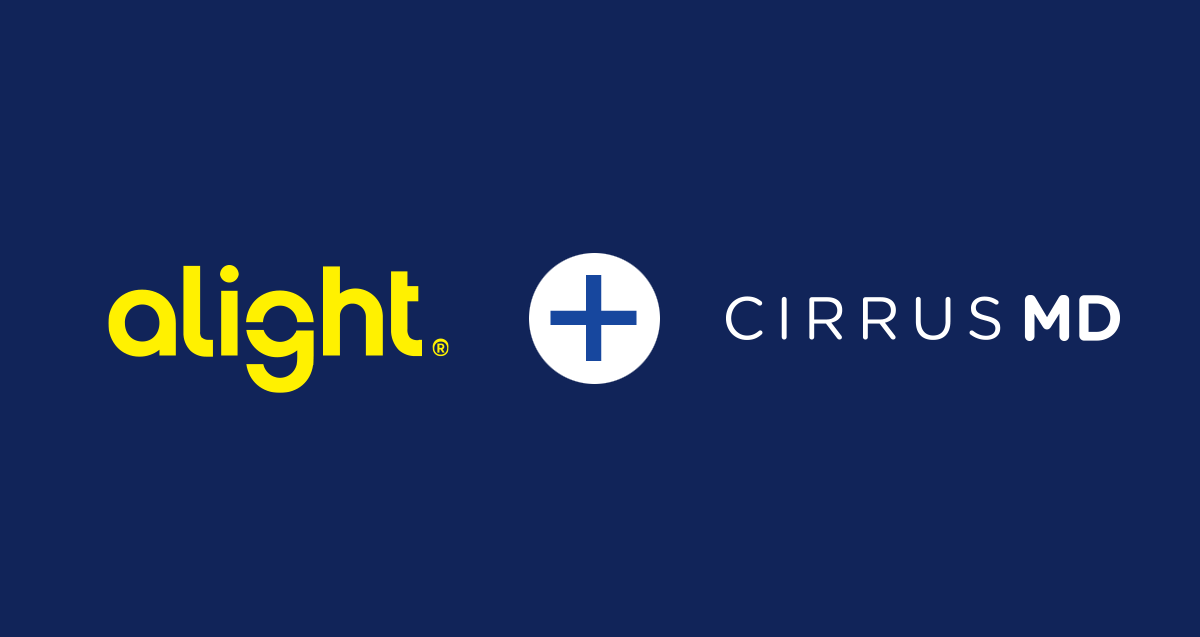

The balance of power shifted to employees in 2021 as an unprecedented number of workers — struggling with burnout, and unsatisfied with their financial, physical and mental well being — decided to quit as part of The Great Resignation.
Meanwhile, human resources initiatives to increase diversity, equity and inclusion (DEI) and address employee mental health, only grew in importance in 2021.
So, where does that leave us for 2022, especially when it comes to workplace health?
In this report, we address four of the top employee health and wellness trends that businesses and their HR leaders should consider when planning for 2022, with a focus on those trends that will contribute to happier, healthier employees.

Deskless Workers
Employees in occupations like education, energy, heavy industry, transportation and retail have not had the same access to care as those in white collar or traditional office jobs roles.
Deskless employees often have very structured workdays and may not be able to conveniently schedule medical appointments. Think about a retail employee who is busy on a showroom floor most of the day, and has to squeeze in a short break for lunch.
Her ability to schedule an in-person doctor’s appointment is limited. If she has to visit a doctor during one of her shifts, she doesn’t get paid for that time and contributes to absenteeism. Even her ability to participate in a video telehealth consultation is compromised because video visits often require scheduled appointments and a quiet, private environment.
Rural Employees
Rural communities suffer disproportionately when it comes to accessing healthcare and workplace wellness programs, according to the Centers for Disease Control and Prevention (CDC). Small town residents must contend with:
- A shortage of primary care physicians. Even something as simple as getting a vaccination can be difficult if there isn’t a medical practice or urgent care center nearby.
- Lack of access to specialists and diagnostic services for screenings.
- Higher levels of poverty and residents with chronic diseases and other lingering health issues.
- Lack of access to healthy food and exercise options for physical activity. It does no good to get a CorePower membership as part of your employee benefits if none exist in your area.
Employee benefits and wellness programs must find ways to expand equity and inclusiveness to these more isolated regions. Some of this is being addressed through:
- Expansion of healthcare delivered by rural retailers like WalMart and Dollar General with their onsite health clinics
- Mobile health clinics
- Asynchronous telehealth options that don’t require high-speed internet connections

Uninsured Employees
One group that often flies under the radar of DE&I initiatives are uninsured employees — some of whom may be seasonal or part-time that do not qualify for company-sponsored employee benefits; others who may elect not to participate in the company’s health plan.
Not having health insurance invariably introduces health risks since employees may refrain from preventative screenings and wellness services. And that applies to dependents who also may not be covered.
Enlightened companies are starting to see the financial and employee satisfaction benefits of providing health benefits like telemedicine to a larger swath of their employee base, including uninsured and unenrolled employees.

Telebehavioral Health
According to a Business Group on Health survey during the pandemic, 54% of employers planned to offer free or low-cost virtual mental health services this past year. Companies that offered telebehavioral health services reported improved outcomes through both subjective surveys and through objective healthcare measurement-based outcomes.
What’s more, these improvements last. Without specialized treatment, nearly half of all patients who receive a depression diagnosis and a prescription for medication stop using their medications during the first month and don’t receive the recommended levels of follow-up mental health services. In contrast, programs involving regular contact and check-ins by providers result in clinically significant reduction of both depression and anxiety.

Expanded EAP Programs
Before the pandemic, employers were expanding Employee Assistance Programs (EAP) and had even begun combining them with wellness programs such as smoking cessation programs to provide more holistic care to more people in their organizations, whether or not a person is enrolled in a company-sponsored health plan.
The rate of that expansion picked up during the pandemic, and mid- and large-size companies say they are likely to maintain the trend. For example, many larger employers have increased the number of annual counseling visits offered in their EAPs during the pandemic and have pledged to maintain those higher levels moving forward.

Mental Health Apps and Other Technology
There has been an explosion of apps designed to provide meditation, mindfulness and relaxation. Because these offer low-cost, accessible solutions, employers have been quick to offer them to their employees, and the trend will likely continue in 2022.
It is important to keep in mind that these apps do not connect people to mental health professionals and are not designed to supplant behavioral health care. That said, they are popular among employees and can augment other workplace wellness programs.
In addition to apps, offering employees wearable technology can motivate them to monitor and decrease their blood pressure, fatigue and stress levels, leading to improved productivity and better health habits.

They are Patient-Centered
The primary care model and traditional telehealth services are largely focused on the needs of the provider. Hence, the need for scheduled appointments, waiting rooms, and very brief consultations.
Successful virtual primary care solutions going forward will be centered around patient needs and well-being. That will include providing care on-demand, offering it over different modalities and expanding beyond the traditionally short consultation time windows. It will also include providing employees access to a physician network that is diverse in its makeup (by gender, ethnicity, age, culture, etc.)

They Provide Multi-Specialty Care
Employees are increasingly looking for a holistic telehealth experience from workplace wellness programs. Telehealth that includes a dedicated team of multidisciplinary physicians and mental health specialists across a range of conditions and needs like hypertension, women’s health, weight management, asthma, diabetes, and prevention and health coaching.

They are Integrated and Longitudinal
Going forward, the distinction between virtual and in-person care will continue to blur. Employees will just consider it to be healthcare along a continuum.
Employee benefits and human resources leaders will increasingly look to telehealth providers that complement and honor existing provider, insurance plan and in-network relationships. They will also look for real-time collaboration between these teams and “warm handoffs” of patients, not just data.

Mental Health
Studies found that 76% of workers say they consider mental health benefits as critical when evaluating new jobs. And 42% of employees with access to mental health benefits say they are more likely to stay with their company, compared to just 27% of those without access.
With the stigma of mental health decreasing and the recognition of the importance of mental health increasing, employers who offer access to quality mental health services stand to differentiate themselves in a competitive and volatile marketplace.

Virtual Health
The pandemic served as the proving ground for telehealth, with some telehealth services logging a 400% increase in usage. What’s more, new users found they liked it. Access to quality telehealth decreased absenteeism and presenteeism. And some large companies have found that expanding telehealth offerings to their unenrolled employees directly impacted their retention and Diversity, Equity and Inclusion initiatives.
Expect virtual health to evolve into an increasingly important component of whole person care - and virtual health benefits to become a differentiator among employers in competitive markets.

Paid Family Leave and Increased or Unlimited Time-Off
Recognizing the blurred lines between work and life, more employers are increasing their paid time-off. While the number of employers offering unlimited time off (UTO) held steady this past year, expect more companies to explore this option. The increased R&R helps employees combat burnout, calibrate their work-life balance and makes them feel appreciated.
This is particularly true for working mothers. Less than a quarter of private industry employees have access to paid family leave, and the political future of paid family and medical leave looks grim. This provides an opportunity for employers to step up with a benefit that appeals to the high rate of working mothers currently leaving the workforce.













